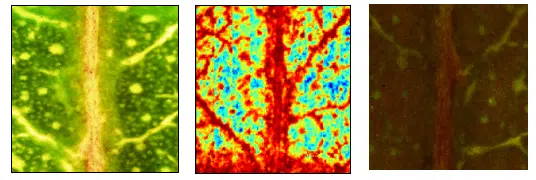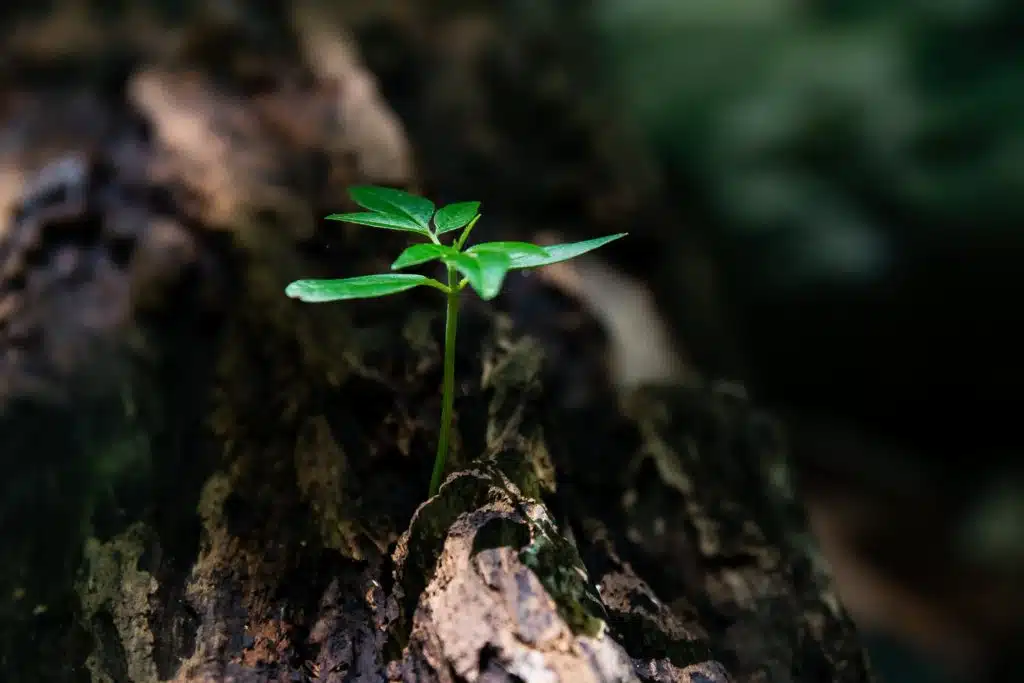Is that plant healthy?

We can’t easily monitor the health of plants, by the time we see that they’re sick it’s usually too late to save that. That’s an issue for your house plants, a field of wheat, orchards and plantations.
Karina Khambatta has developed a way to use the waxy surface of leaves to monitor their health.
Currently the technique uses infrared spectroscopy to study changes seen throughout leaf senescence. Karina has had the opportunity to utilise the infrared microscopy lab located at the Australian Synchrotron to help correlate her infrared studies undertaken at Curtin University, but Karina believes it can be turned into a handheld device that could be used on-farm, like reading a barcode.
“When you look at a leaf and hold it up towards the sun you can see a shiny surface this is the epicuticular wax we look at using infrared technology to look at chemical changes seen on the surface,” she says.
Working at Curtin University under the supervision of Dr. Mark J. Hackett and Dr. Alan D. Payne, Karina developed a way of looking at the chemical composition on a micron scale as well as a macro scale to show us how changes in lipid composition are varied depending on the plants health.
Karina hopes to use this technology in order to help with early detection signs of plant stress to benefit the agriculture and mining departments.
To see the impact this story is having in the media, click here.
Feature photo credit: David Coto, Pexels


Further reading:
- Vongsvivut, J., Pérez-Guaita, D., Wood, B., Heraud, P., Khambatta, K., & Hartnell, D. et al. (2019). Synchrotron macro ATR-FTIR microspectroscopy for high-resolution chemical mapping of single cells. The Analyst, 144(10), 3226-3238. doi: 10.1039/c8an01543k
- ANSTO User Meeting – Presented a talk on my initial research of plants (eucalyptus leaves) method validation techniques; showing that the distribution of epicuticular waxes is not homogenous throughout the leaf surface eg. Differences seen in vein vs cuticle and differences seen on the sub-cellular level eg. Stomata
- ASMI (Australian society of molecular imaging) – Presented a Flash talk on preliminary results; awarded best flash talk/presentation over the two day conference presenting preliminary results of method validation and young/old as well as seasonal variation.





 Fresh Science is on hold for 2022. We will be back in 2023.
Fresh Science is on hold for 2022. We will be back in 2023.